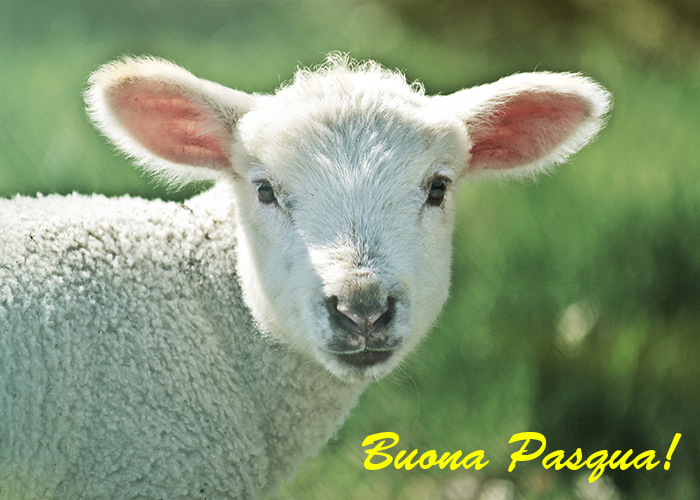One of the main holidays in Italy is Easter. On Easter Sunday families come together to celebrate and enjoy a big Italian style lunch. Homemade Italian Easter lunch consists: appetisers such as cured meats and cheese with pizza bianca or a cheese “focaccia”, a classical first course (i primi) like lasagna, baked pasta or cannelloni and the main dish (i secondi) that traditionally is a roast lamb. In recent years, thanks to animal welfare associations’ commitment, most Italians choose to consume other types of meat or no meat at all.
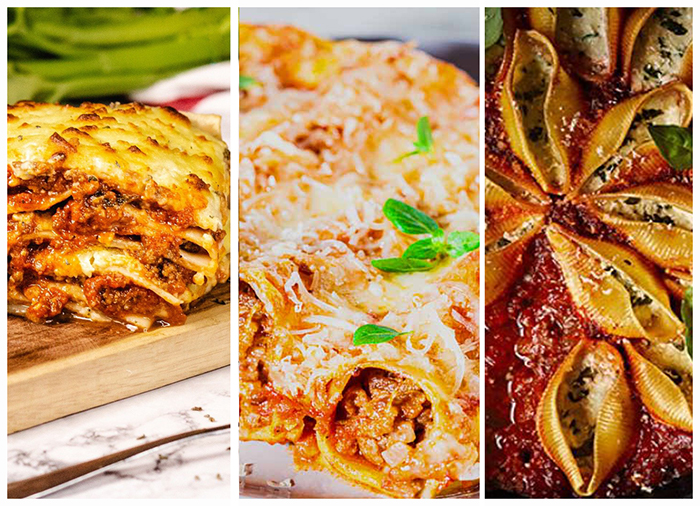
No Easter lunch would be complete without desserts. “Colomba” and chocolate Easter eggs are eaten in the whole country, while each Region and family have their own traditional desserts. For instance, in Naples there is the famous pastier, that is a type of cake made with cooked wheat, eggs, ricotta cheese and flavoured orange flower water. If you would like to try it the recipe can be found on the following website: ( https://www.giallozafferano.com/recipes/pastiera-napoletana-Neapolitan-ricotta-cheese-Easter-pie.html).
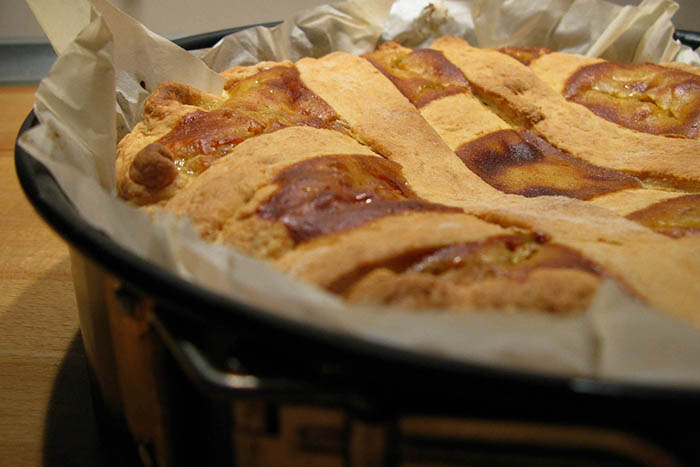
The Colomba is an Easter cake shaped as a dove. It was invented in Milan in the 1930s to exploit the same dough used to make Panettone and Pandoro (typical Christmas sweets) also in the Easter period.
Due to the presence of candied fruit in the dough, kids usually do not like Columba as much and prefer to eat the chocolate eggs that come with a surprise inside, usually a toy. Children in Italy are not really accustomed to the tradition of either painting eggs or play the Easter egg hunt in the garden, at least not yet.
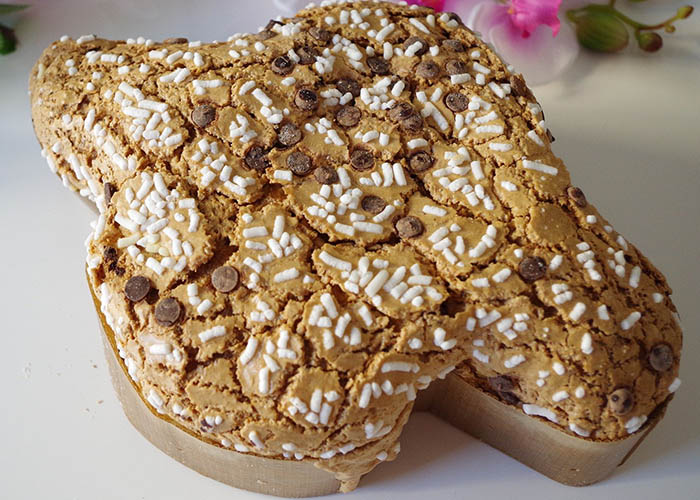
While the meal has a considerable part, Easter is first of all a religious holiday. The entire Holy Week is filled with traditions, starting off with the procession on Palm Sunday.
On Good Friday, Rome has a traditional celebration at night – Via Crucis around the Colosseum that is led by the Pope himself, this has been a re-occurring ritual in place since at least 1750. Holy Saturday is the only day of Easter where no mass is celebrated (before the Easter night mass) and no bells ring during the day.
On Sunday morning the Pope gives an Urbi et Orbi blessing at midday from the loggia of Piazza San Pietro, this special blessing, together with best wishes in 200 languages, is only imparted on Easter and Christmas.
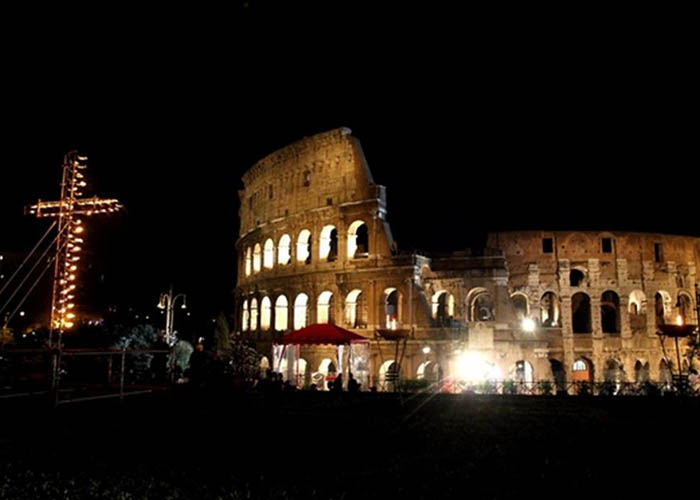
On Easter Monday it’s quite common to gather with friends for a picnic, whether in the countryside or in a city park and spend the day outdoors when the weather is good (which is rare since it seems to be a curse on Easter Monday and rain is quite common).
Every city and village have their own traditions, for example in Florence there is the “Explosion of the Cart” (Lo Scoppio del Carro), a firework display with religious significance that dates back to the first crusades in the 12th century.
In Sulmona, a city in central Italy known for the production of sugared almonds, on Easter morning has a tradition where you can assist the ritual known as “Running Madonna” (La Madonna che Scappa) a play-like ceremony where statues of St Peter and St John are carried to the church’s door in the attempt of convincing the Virgin Mary of his son’s resurrection, the sculpture of Madonna is moved to the main square where she recognises her son (another statue) and “sprints” towards him, losing the black veil and freeing doves of peace at the same time (here’s a video that shows the beautiful ritual https://www.youtube.com/watch?v=T9T8ig3dCRE).
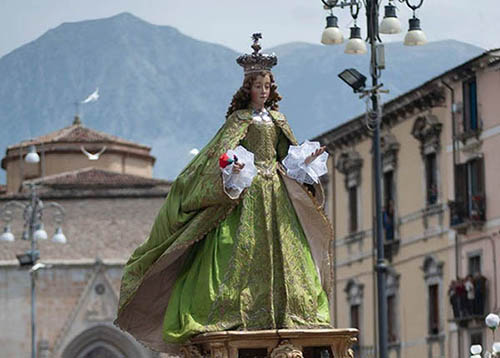
All these traditions are still very important, but sometimes easily forgotten seeing that it can be viewed as an opportunity for a holiday. Italy does not have the famous “spring break”, and Easter break for school kids means for many families an occasion to travel. After all, the saying goes like this: “Natale con i tuoi, Pasqua con chi vuoi” (“Christmas with your family, Easter with whoever you wish”).
